Worm bin question
ange2006
10 years ago
Related Stories

GARDENING GUIDESHouzz TV: Make a Worm Bin for Rich Soil and Happy Plants
A worm-powered compost bin that can fit under a sink turns food scraps into a powerful amendment for your garden. Here’s how to make one
Full Story
KITCHEN DESIGN9 Questions to Ask When Planning a Kitchen Pantry
Avoid blunders and get the storage space and layout you need by asking these questions before you begin
Full Story
ORGANIZINGPre-Storage Checklist: 10 Questions to Ask Yourself Before You Store
Wait, stop. Do you really need to keep that item you’re about to put into storage?
Full Story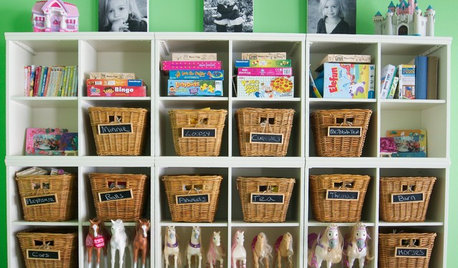
DECLUTTERINGTame the Toy Chaos: Bin Storage for All
New project for a new year: With bins, totes and shelves, a clutter-free playroom can be yours
Full Story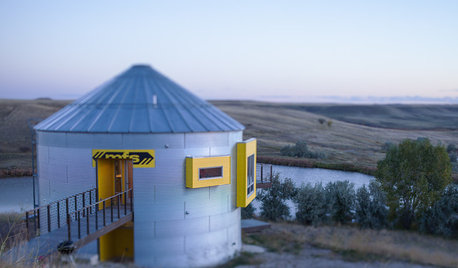
HOUZZ TOURSHouzz Tour: Prairie Grain Bin Turned Bucolic Retirement Home
An agrarian structure and a big dream combine in this one-of-a-kind home that celebrates 250 acres of Montana grasslands
Full Story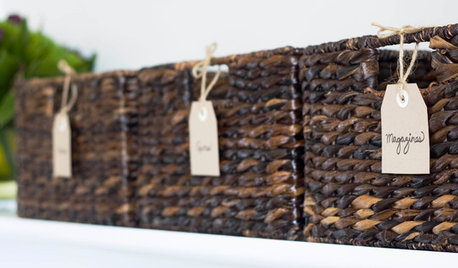
ORGANIZINGGet Organized: Are You a Piler or a Filer?
Tote out the bins and baskets and learn how to be an organized piler if file cabinets leave you cringing
Full Story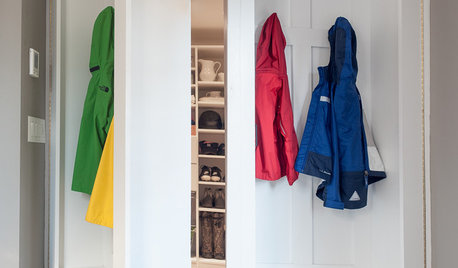
MUDROOMSRoom of the Day: This Mudroom Is Just Plain Hot
Wait till you see what’s behind the hooks and bins in this genius family drop zone
Full Story
INDUSTRIAL STYLEHouzz Tour: Going Against the Grain in a Missouri Silo
See how a creative couple turned a metal grain bin into a most unusual container for living
Full Story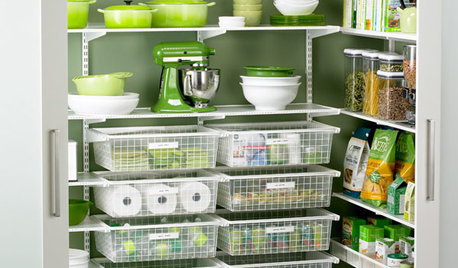
PRODUCT PICKSGuest Picks: 21 Nifty Pantry Organizers
Just say no to pantry chaos with these containers, racks, bins and other storage wonders
Full Story
LAUNDRY ROOMSMake a Clean Break With Laundry Chaos
Bins and bags, sorters and other storage — we've got several loads' worth of ways to keep your laundry neat
Full StoryMore Discussions






armoured
bobvisaa
Related Professionals
70037 Landscape Architects & Landscape Designers · Roosevelt Landscape Architects & Landscape Designers · West Chester Landscape Architects & Landscape Designers · Beachwood Landscape Contractors · Hoover Landscape Contractors · Melrose Landscape Contractors · Norwalk Landscape Contractors · New Bern General Contractors · Bound Brook General Contractors · Bryan General Contractors · Burlington General Contractors · Kettering General Contractors · New Milford General Contractors · North Tustin General Contractors · Riverdale General Contractorsequinoxequinox
equinoxequinox
equinoxequinox
equinoxequinox
armoured
ange2006Original Author
equinoxequinox
armoured
ange2006Original Author
equinoxequinox
hummersteve